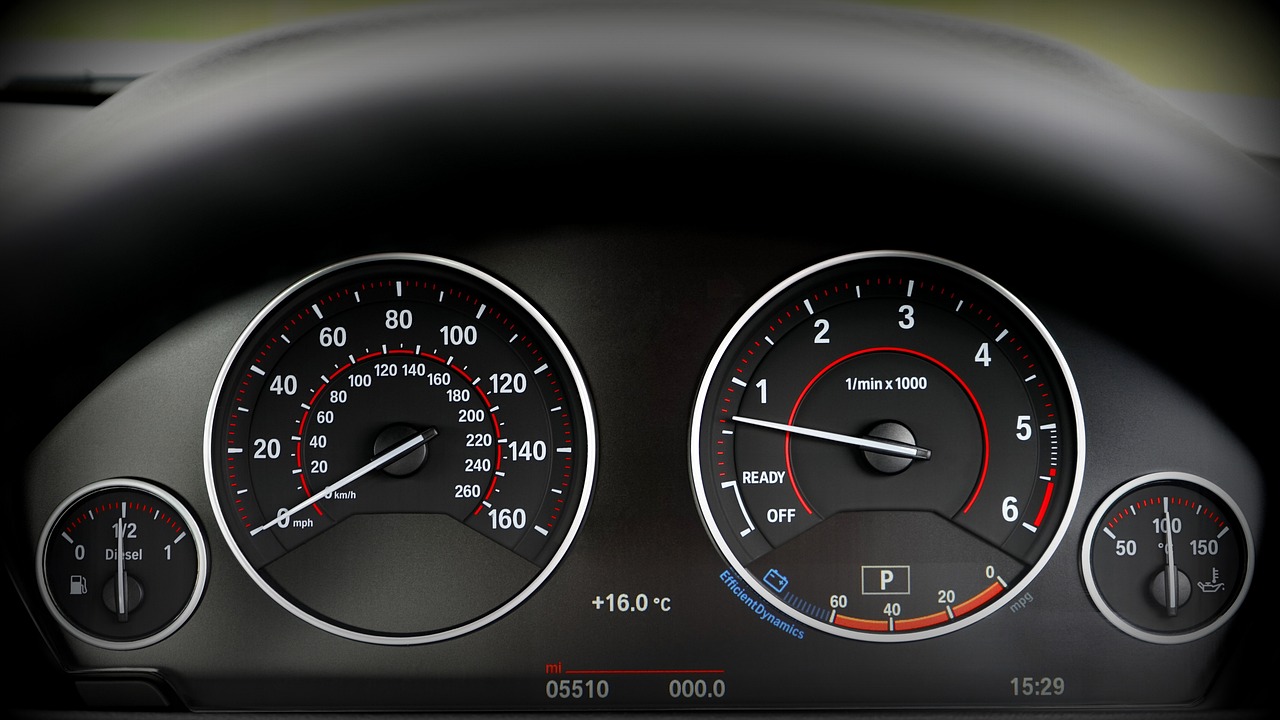The Future of Auto Insurance: Telematics and Usage-Based Policies
Telematics technology is a sophisticated system that integrates telecommunication and informatics to gather and transmit data about vehicles. By utilizing GPS and onboard diagnostics, telematics allows for real-time monitoring of a vehicle’s performance and driver behavior. This data is then analyzed to provide insights into driving habits, vehicle usage, and overall road safety.
Furthermore, telematics technology facilitates the communication between vehicles and external sources, such as insurance companies or fleet managers. This connectivity enables customized services like usage-based insurance, where premiums are determined based on individual driving patterns. In essence, telematics technology is revolutionizing the automotive industry by enhancing safety, efficiency, and personalized experiences for drivers and businesses alike.
Benefits of Telematics in Auto Insurance
Telematics technology is transforming the auto insurance industry by offering personalized pricing based on driving behavior. By using telematics devices such as GPS trackers and sensors, insurance companies can collect data on how safely a driver operates their vehicle. This data is then analyzed to assess the individual’s risk level, enabling insurers to offer more accurate premiums.
One of the key benefits of telematics in auto insurance is the potential cost savings for policyholders. Safe drivers who exhibit responsible behaviors such as obeying speed limits, avoiding sudden stops, and driving during off-peak hours can qualify for lower insurance rates. This incentive not only rewards good driving habits but also encourages motorists to adopt safer practices on the road, ultimately leading to reduced accidents and improved road safety for everyone.
How Does Telematics Work?
Telematics technology utilizes a combination of telecommunications and informatics to monitor and transmit data about a vehicle’s performance and driving behavior. This is made possible through the installation of a small device in the vehicle that collects various data points such as speed, acceleration, braking patterns, and even the time of day the vehicle is being driven.
Once the data is collected, it is transmitted wirelessly to the insurance company or a designated server for analysis. By using this real-time information, insurers are able to assess the risk profile of the driver more accurately, leading to personalized insurance premiums based on individual driving habits. This data-driven approach benefits both the insurance company and the policyholder by promoting safer driving practices and potentially lowering insurance costs.





